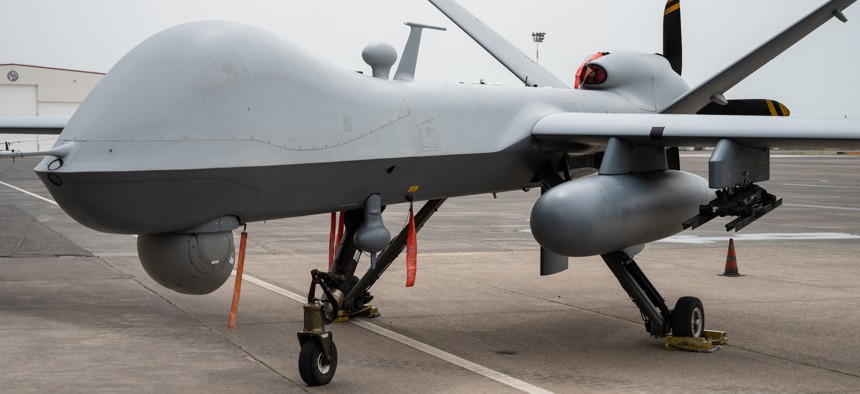Josh Hammer
Just as the Israel Defense Forces encircle the Hamas stronghold of Gaza City, calls for a "ceasefire" are accelerating.
For the first week or two after the Hamas Holocaust of Oct. 7, which saw the most Jews massacred in a single day since Hitler and hundreds more taken hostage into Gaza, calls for a ceasefire were mostly relegated to far-left, self-hating "Jewish" groups such as IfNotNow and so-called Jewish Voice for Peace, along with the fifth column, jihad-sympathizing congressmen who comprise the House "Hamas Caucus," such as Reps. Rashida Tlaib (D-Mich.) and Ilhan Omar (D-Minn.). In those halcyon days just a short while ago, even White House press secretary Karine Jean-Pierre said that Hamas Caucus calls for a ceasefire were "repugnant" and "disgraceful."
How the times have changed.
During a campaign event Wednesday evening in Minnesota, Jean-Pierre's boss, President Joe Biden, announced his support for an IDF "pause" in Gaza. (Notably, Biden's pronouncement came in response to a question from JVP activist Jessica Rosenberg, a seemingly transgender woman who introduced herself as a "rabbi" despite Jewish law's clear stance against female or LGBT rabbis.) There is no way to square Biden's newfound equivocation with his clearer stance toward the beginning of the war. As Sen. Tom Cotton (R-Ark.) tweeted on Thursday, "The Biden administration is mincing words. Calling it a 'pause' instead of a 'ceasefire' makes no difference to Hamas and only gives the terrorists the advantage."
Exactly right.


:quality(70)/cloudfront-us-east-1.images.arcpublishing.com/archetype/3CIBFNJHVRH6FMO5KPF4RTF7DE.jpg)











:quality(70)/cloudfront-us-east-1.images.arcpublishing.com/archetype/JAEQHCL6RFDZLFZFT54SLE7MOY.jpg)